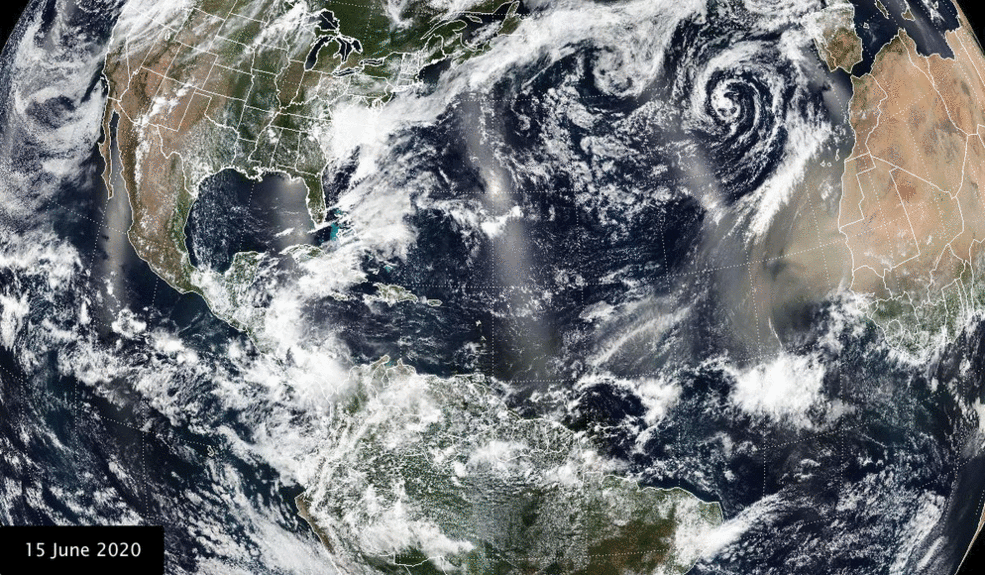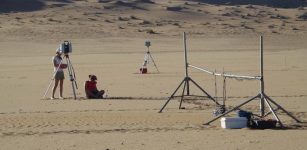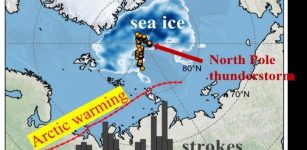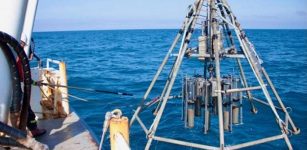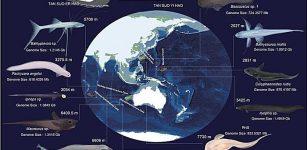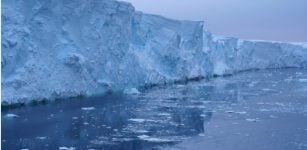How Saharan Dust Regulates Hurricane Rainfall
Eddie Gonzales Jr. – MessageToEagle.com – Saharan dust plumes crossing the Atlantic can suppress hurricane formation and affect North American weather.
This “true-color” composite animation of visible satellite imagery shows the movement of the Saharan Dust plume from June 15-25, 2020. It was captured by the VIIRS instrument aboard NASA/NOAA’s Suomi NPP satellite. The bright streaks seen at regular intervals are due to sun glint off the ocean surface. | NASA/NOAA, Colin Seftor
A new study reveals that thick dust plumes may intensify rainfall from landfalling storms, potentially increasing destruction. This research uncovers a previously unknown link between hurricane rainfall and Saharan dust.
The research shows a previously unknown relationship between hurricane rainfall and Saharan dust plumes.
Yuan Wang, an Earth system science professor at Stanford, stated: “Surprisingly, Sahara dust, not sea temperature or atmospheric humidity, is the primary factor controlling hurricane precipitation.”
Studies suggest climate change may significantly reduce Saharan dust transport and increase hurricane rainfall.
However, uncertainty remains about the extent of these changes and their impact on dust outflows and future hurricane precipitation.
There are also additional questions. The complex relationships between Saharan dust, ocean temperatures, and hurricane characteristics remain unclear. Understanding these connections is crucial for predicting and managing climate change impacts.
“Hurricanes are among the most destructive weather phenomena on Earth,” said Wang in a press release. Even relatively weak hurricanes can produce heavy rains and flooding hundreds of miles inland. “For conventional weather predictions, especially hurricane predictions, I don’t think dust has received sufficient attention to this point.”
Dust can have opposing effects on tropical cyclones. These storms are called hurricanes in the North Atlantic and parts of the Pacific when sustained winds reach 74 mph or higher.
Wang explained that dust particles can enhance ice cloud formation in hurricane cores, increasing precipitation. This “microphysical enhancement” can also cool sea surface temperatures by blocking solar radiation, weakening the tropical cyclone.
Researchers analyzed 19 years of weather data and satellite observations to predict hurricane rainfall. They found that dust optical depth, which measures light penetration through dust, is a crucial predictor of rainfall.
They found a boomerang-shaped relationship: rainfall increases with dust concentrations up to a point, then sharply decreases. At high levels, dust shifts from enhancing to inhibiting rainfall.
“With low dust loading, the microphysical enhancement effect is more prominent. High dust loading efficiently shields the ocean surface from sunlight, leading to a dominant ‘radiative suppression effect,'” Wang explained.
Written by Eddie Gonzales Jr. – MessageToEagle.com Staff Writer

